Embracing Sustainable Living and Environmental Conservation
Sustainable living and environmental conservation are crucial for preserving the planet for future generations. By adopting eco-friendly practices, individuals can reduce their environmental footprint and contribute to the health and well-being of the Earth. From zero waste living to renewable energy, discover the diverse strategies that can help you make a positive impact on the environment.
1Zero Waste Living
0 votes
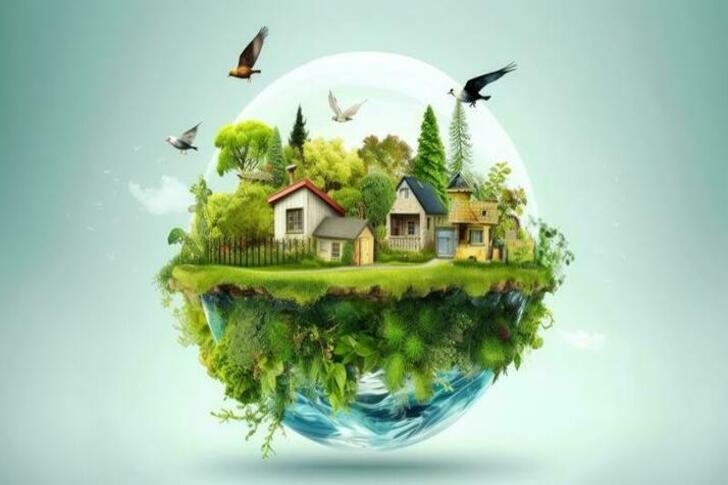

Zero waste living is a lifestyle that aims to eliminate all forms of waste by reducing, reusing, and recycling resources. This approach encourages individuals to minimize their consumption, choose reusable products, and compost organic waste. Key practices include using cloth bags instead of plastic, buying in bulk to reduce packaging, and repairing items instead of discarding them. Zero waste living promotes a circular economy, where products are reused and recycled, reducing the need for new materials and minimizing landfill waste. This lifestyle can lead to significant environmental benefits, such as decreased pollution, conservation of resources, and a smaller carbon footprint. Adopting zero waste habits requires commitment and creativity, but it can result in a more sustainable and fulfilling way of life.
0
Do you agree? 0% of people agree with your point of view!
2Wildlife Conservation
0 votes

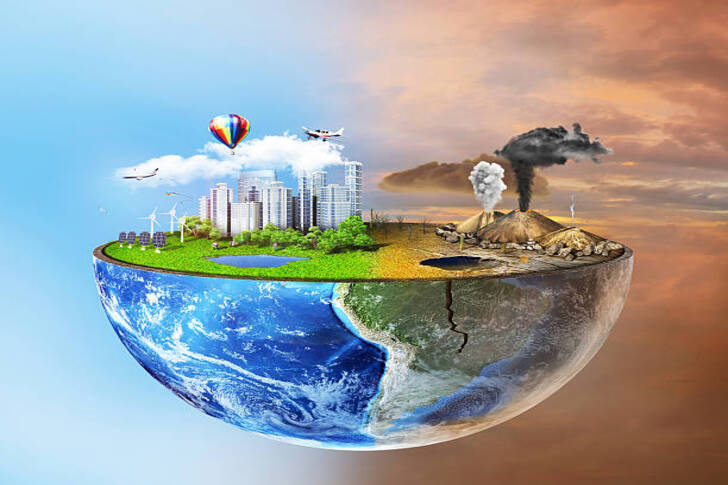
Wildlife conservation focuses on protecting animal species and their habitats to prevent extinction and maintain biodiversity. This includes efforts to combat poaching, habitat destruction, and climate change impacts. Conservation strategies involve creating protected areas, restoring ecosystems, and supporting sustainable land-use practices. Wildlife conservation also includes educating the public about the importance of biodiversity and promoting coexistence between humans and wildlife. Individuals can contribute by supporting conservation organizations, participating in citizen science projects, and advocating for policies that protect wildlife. By prioritizing wildlife conservation, we can preserve the intricate balance of ecosystems and ensure the survival of diverse species for future generations to enjoy.
0
Do you agree? 0% of people agree with your point of view!
3Green Building
0 votes

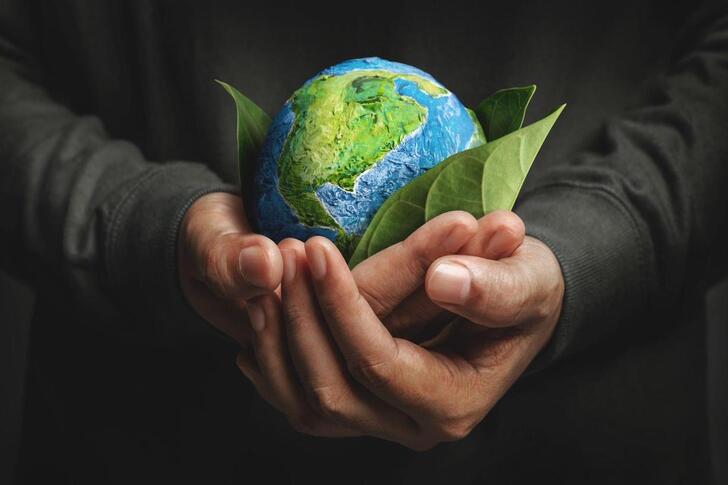
Green building involves designing and constructing buildings that minimize environmental impact and enhance occupant health. This approach includes using energy-efficient systems, sustainable materials, and innovative design techniques to create eco-friendly structures. Key features of green buildings include solar panels, green roofs, rainwater harvesting systems, and efficient insulation. Green building practices reduce energy consumption, lower greenhouse gas emissions, and improve indoor air quality. By choosing sustainable construction methods, architects and builders can create spaces that are both environmentally responsible and economically beneficial. Homeowners can also contribute by retrofitting existing buildings with energy-efficient upgrades and sustainable materials. Green building is essential for reducing the environmental footprint of the built environment and promoting sustainable urban development.
0
Do you agree? 0% of people agree with your point of view!
4Renewable Energy
0 votes
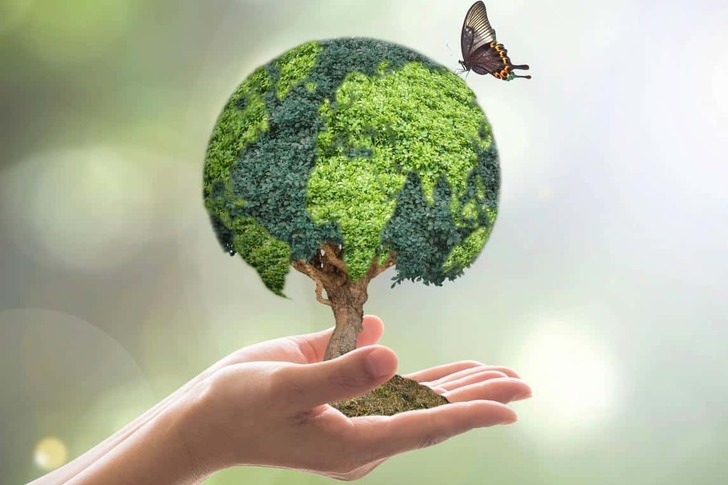

Renewable energy involves using energy sources that are naturally replenished, such as solar, wind, hydro, and geothermal power. These sources provide a sustainable alternative to fossil fuels, reducing greenhouse gas emissions and dependency on non-renewable resources. Solar panels, wind turbines, and hydroelectric dams are common technologies used to harness renewable energy. Transitioning to renewable energy can significantly reduce carbon footprints, combat climate change, and promote energy independence. Individuals can contribute by installing solar panels on their homes, supporting renewable energy initiatives, and advocating for policies that encourage sustainable energy development. Embracing renewable energy is a vital step toward a cleaner and more sustainable future.
0
Do you agree? 0% of people agree with your point of view!
5Water Conservation
0 votes

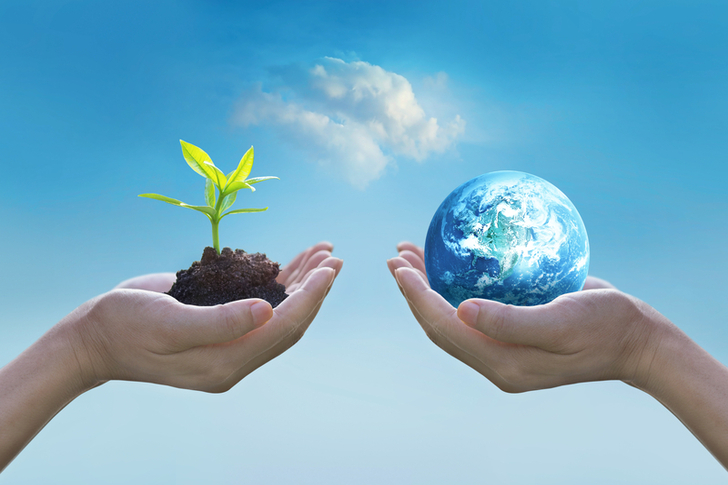
Water conservation involves using water resources more efficiently and reducing unnecessary water usage. This practice is vital for sustaining water supplies, protecting ecosystems, and reducing the energy required for water treatment and distribution. Key strategies for water conservation include fixing leaks, installing low-flow fixtures, using drought-resistant plants in landscaping, and collecting rainwater. Individuals can also conserve water by taking shorter showers, turning off taps while brushing teeth, and using water-efficient appliances. Communities can implement policies and programs to encourage water-saving practices and invest in infrastructure to manage water resources sustainably. By prioritizing water conservation, we can ensure a reliable water supply for future generations and protect the health of our natural environments.
0
Do you agree? 0% of people agree with your point of view!
6Sustainable Agriculture
0 votes

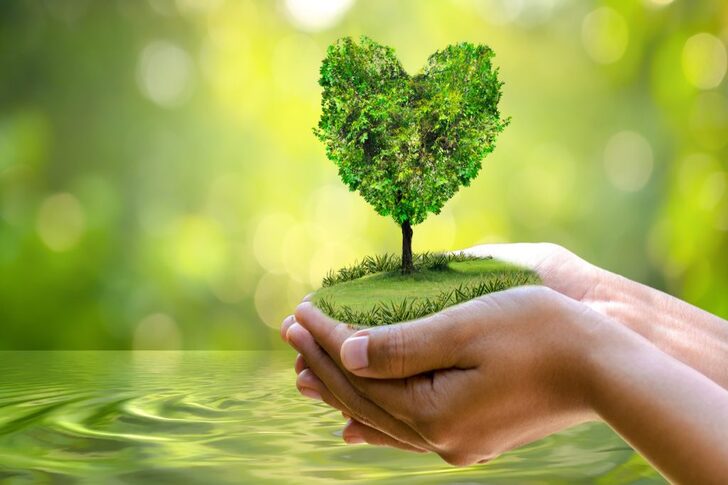
Sustainable agriculture focuses on farming practices that protect the environment, public health, and animal welfare. It involves methods such as crop rotation, organic farming, and integrated pest management to maintain soil health and biodiversity. Sustainable agriculture aims to produce food in a way that is environmentally friendly, socially responsible, and economically viable. It reduces the use of synthetic chemicals, conserves water, and promotes the humane treatment of animals. Consumers can support sustainable agriculture by choosing organic and locally grown products, reducing food waste, and participating in community-supported agriculture (CSA) programs. By prioritizing sustainable farming practices, we can ensure a healthy food supply and preserve ecosystems for future generations.
0
Do you agree? 0% of people agree with your point of view!







Recent Comments